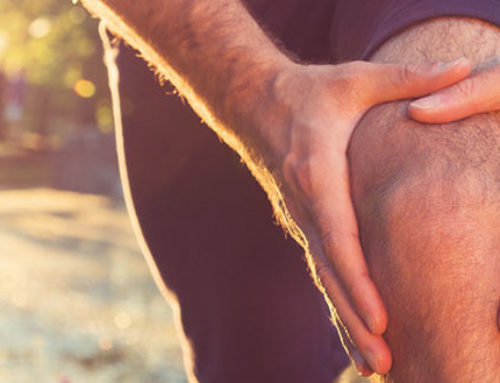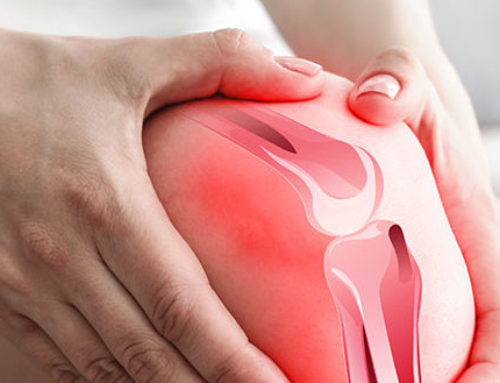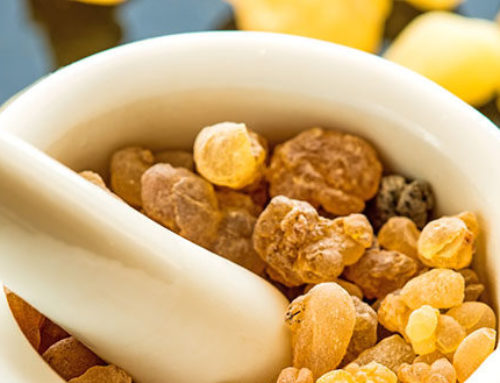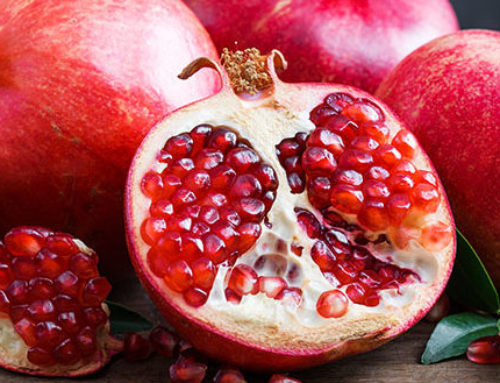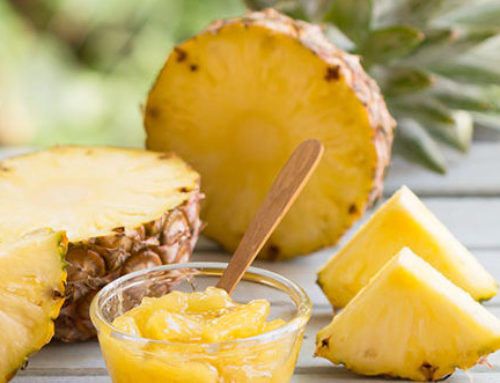
As the seasons change and colder temperatures approach, people suffering from joint pain and arthritis can find themselves hurting even more. Scientists are yet unsure of the exact reason for this, but there are a few possible explanations.
A fall in barometric pressure, which often occurs as a cold front approaches, can cause joints to expand, which may result in increased pain. Low temperatures can also increase the thickness of the synovial fluid that acts as the joint’s shock absorber, which makes joints stiffer and more sensitive to pain. According to one study, genes that promote inflammation are increased during colder winter months, while genes that suppress inflammation are simultaneously decreased in winter.
Whether the joint pain/weather connection is scientifically true or not, you can still use these joint relief tips when your symptoms flare in the colder weather.
- Exercise – When the temps start to dip, staying cozy inside is more tempting than taking a walk – but staying active is better for function and mobility. Cutting down on activity only leads to decreased range of motion and more joint pain. Many people who become less active in the winter also tend to put on a few pounds and even just 5 pounds can make a difference in the degree of pain.
- Apply Heat – keeping warm is crucial in reducing cold related joint pain. Warmth relaxes muscles helping to decrease spasms and reduce stiffness. There are lots of ways to warm up from taking a long hot shower or bath to applying a heating pad (look for one that delivers moist heat, which penetrates more deeply than dry heat). Invest in electric blankets and even keep your car stocked with hand and foot warmers to slip into your gloves, pockets and shoes. Simply wrapping your aching hands around a warm cup of tea or coffee can do wonders to tame your joint pain.
- Eat Well – It’s common to put on a few pounds in the colder weather months. But that extra weight can have a detrimental effect on your joint pain. A nutritious diet not only helps you maintain a healthy weight, but eating the right foods can help reduce your pain. To combat pain-inducing inflammation around the joints, eat foods with omega-3 fatty acids like salmon and nuts. Dark, leafy greens like kale and spinach provide you with vitamin K to strengthen your bones. Don’t forget the C – bright vitamin C-rich foods like oranges, red peppers and tomatoes can help slow cartilage loss.
